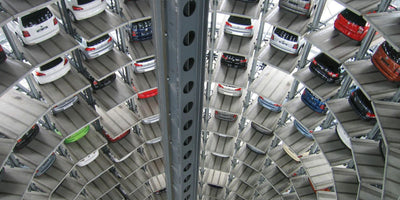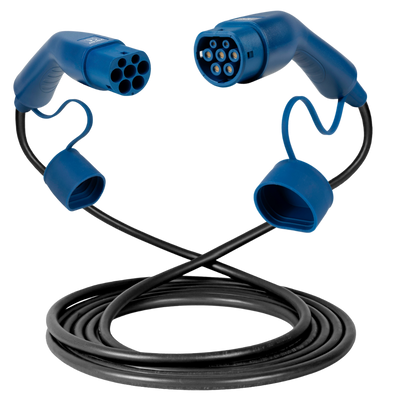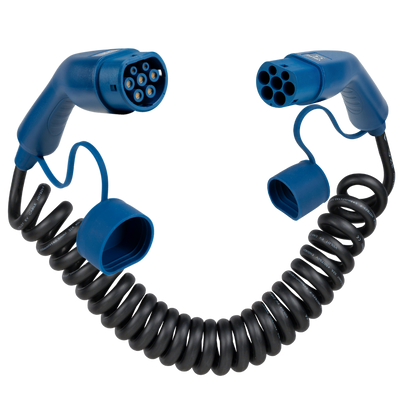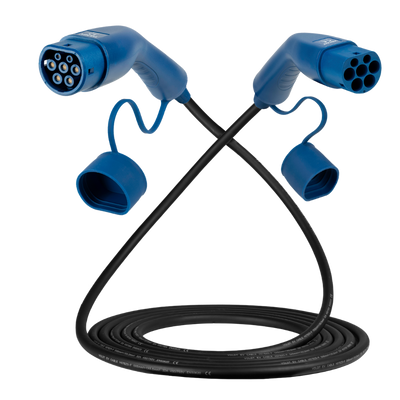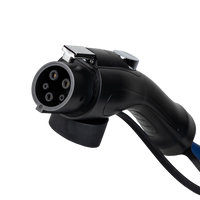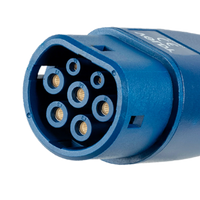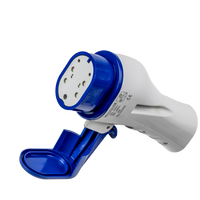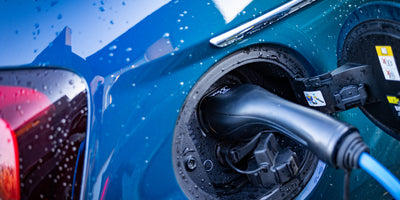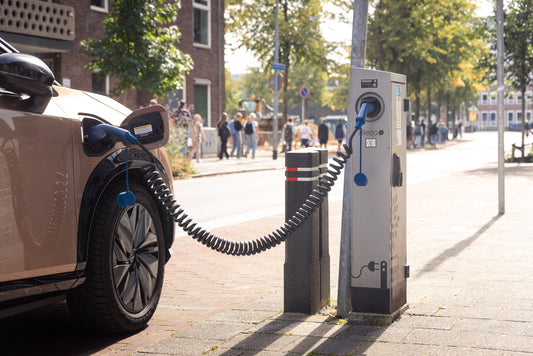Impact of cold temperatures on charge times and battery performance
Introduction
The EV revolution has brought numerous changes in how we operate, charge, and understand the driving dynamics. As with every new technology, there should be a period for adjustment and learning how to use it. For the latest and prospective EV users, the most curious thing is the charging itself. Although plugging the vehicle into the charger is a fairly easy thing to do, the charging process has a few particular aspects all EV owners should know about. One of the most interesting is the effect of cold weather on charging times and battery performance. This is the perfect time to discuss this since the winter is upon us, and most of our customers live in continental climates. This means they will encounter different charging times and varying performance from their battery-powered vehicles as the outside temperature approaches freezing. So, let's explain why it takes longer to charge an EV in the winter and the physics behind this phenomenon.
Lithium-Ion Batteries vs. Cold Weather
Regardless of the type of electric vehicle you operate, the size of the battery, or the model year, cold weather will always affect battery performance. Lithium-ion batteries are especially prone to low temperatures, and since this battery technology is dominant in modern EV models, this means that the issue is widespread.
Lithium-ion batteries function optimally at a temperature range between 20°C and 25°C. In most continental climate regions, outside temperatures during the fall, winter, and spring are far below the ideal range, especially at night. That affects all the vehicles, particularly those that are parked outside. As temperatures fall, the electrolytes in the battery become more viscous, slowing down the flow of ions between the anode and cathode. This reduces the ability of the battery to store and release energy, directly impacting both the performance and the speed of charging.
What Happens Inside The EV Battery When The Temperatures Are Low?
Slower Chemical ReactionsThe main issue with cold weather and batteries is that the chemical reactions inside the battery slow down as temperatures drop. Lithium-ion batteries rely on the movement of lithium ions between the anode and cathode to generate and store energy. Cold temperatures slow this movement, reducing the battery's efficiency.
Increased Internal Resistance
Simply, cold temperatures make it harder for the battery to do its job. The battery's internal resistance increases, which means it has to work harder to store and release energy. This significantly reduces power output and causes the battery to lose charge more quickly than in warmer conditions.
Reduced Capacity
A battery's capacity is reduced in cold temperatures. This means that even when fully charged, the battery won't deliver the same range as it would in moderate or warm temperatures. This is due to the reduced energy transfer efficiency in the cold.
Energy Drains Due to Heating Needs
EVs often consume more energy in colder months to heat the cabin and manage the battery temperature, further straining the available power and reducing range. In EVs, battery provides energy for everything, from moving, lights, sounds and heating.
What To Know About Cold Weather Charging
Knowing all the above, it is understandable why the batteries react slowly in cold winters. When you plug in your battery-powered vehicle to the charger, here is what happens.
Battery Heating System Activation
Modern electric vehicles come equipped with battery management systems that attempt to regulate the battery pack's temperature. When the temperature falls below a certain threshold, these systems activate and use energy to heat the battery to an optimal charging temperature. This process ensures the battery doesn't get damaged by charging at a temperature that is too cold, but it also prolongs the charging time.
Decreased Charging Efficiency
As mentioned earlier, cold weather increases the internal resistance in lithium-ion batteries. When you plug in your EV in cold weather, the battery may not be able to absorb energy as quickly due to this resistance. This reduced efficiency causes slower charging speeds, especially during the initial charging phases.
Limitations of Fast Charging in Cold WeatherFast-charging stations, like those found at many motorway rest stops, gas stations or shopping centers, offer high power levels to charge batteries quickly. However, most EVs will limit the amount of power they draw from fast chargers in cold conditions to prevent potential damage to the battery. While it might take just 30 minutes to reach 80% charge during summer, that same fast charge might take much longer during winter.
Pre-Conditioning the Battery
Some electric vehicles offer a feature called battery pre-conditioning. This is like warming up the engine of petrol-powered car before a drive, but for your battery-powered vehicle. It heats the battery before charging, which can help reduce the negative effects of cold temperatures on charging times. However, pre-conditioning also requires energy and time, leading to a longer overall charging process.





